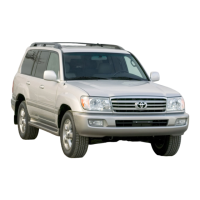
Do you have a question about the Toyota Land Cruiser 2006 and is the answer not in the manual?
| Brand | Toyota |
|---|---|
| Model | Land Cruiser 2006 |
| Category | Automobile |
| Language | English |
Detailed explanation and illustration of the instrument panel components.
Illustration and labeling of controls for vehicles equipped with a navigation system.
Illustration and labeling of controls for vehicles without a navigation system.
Detailed illustration and labeling of the instrument cluster gauges and indicators.
Explanation of various warning lights and indicators on the instrument panel.
Information on vehicle keys, engine immobilizer, and door operation.
Explanation of the theft prevention system and its indicator light.
Details on operating the remote control for locking and unlocking doors.
Overview of occupant restraint systems including seats, seat belts, and airbags.
Guidelines for proper seating posture and precautions for occupants.
Precautions for the driver's seat, including airbag safety zone.
Precautions for the front passenger seat and airbag system.
Precautions for front seats equipped with side airbags.
General precautions for adjusting front seats while the vehicle is in motion.
Step-by-step instructions for adjusting front seat position, backrest, and lumbar support.
Precautions for rear seats, including adjustment and locking mechanisms.
Important information and precautions regarding the use of seat belts.
Step-by-step guide on how to fasten the 3-point seat belts correctly.
Guidance on adjusting lap and shoulder belts for optimal safety.
Instructions for adjusting the shoulder anchor position for fit.
Explanation of the seat belt pretensioner system and its function.
Details about the SRS driver and front passenger airbags.
Information on SRS side and curtain shield airbags.
Explanation of the front passenger occupant classification system.
Important precautions for installing and using child restraint systems.
Guidelines for selecting and installing child restraint systems.
How to operate headlights, turn signals, and fog lights.
Information on vehicle gauges, meters, and service reminder indicators.
Explanation of various service reminder indicators and warning buzzers.
Overview of ignition switch, transmission, and parking brake operations.
Explanation of automatic transmission operation and selector lever positions.
How to operate the four-wheel drive control and differential lock.
Information on the active traction control system and its indicator light.
Explanation of the vehicle stability control system and its functions.
How the tire pressure warning system works and its indicator light.
Information on the active height control suspension system.
Overview of the air conditioning system and its components.
Identification and function of controls for the front air conditioning system.
Identification and function of controls for the rear air conditioning system.
General information and precautions before driving the vehicle.
Safety precautions related to engine exhaust fumes.
Description of the brake system's dual hydraulic circuits.
Explanation of the ABS system and its warning light.
Illustration and explanation of tire symbols and markings.
Information on total load capacity, seating, towing, and cargo capacities.
Precautions for safely stowing cargo and luggage in or on the vehicle.
Pre-start checks to perform before starting the engine.
Specific precautions to observe when driving off-road.
Guidance on trailer towing, including effects on vehicle performance.
Information on various weight limits for towing.
Information on proper tire inflation pressure for the vehicle and trailer.
Overview of emergency situations and procedures.
Troubleshooting steps if the vehicle will not start.
Procedure to follow if the engine stalls while driving.
Steps to take if the vehicle's engine overheats.
Instructions for changing a flat tire.
Methods to free a vehicle stuck in snow, mud, or sand.
Information on towing procedures and precautions.
Common causes of corrosion and tips for prevention.
Overview of vehicle maintenance requirements and general care.
Details on required maintenance intervals and responsibilities.
Clues that indicate your vehicle may need service or repair.
Important safety precautions for performing maintenance yourself.
Maintenance procedures for the engine and chassis components.
Instructions for checking and maintaining the engine oil level.
Instructions for checking and maintaining engine coolant level.
How to check and refill the brake fluid reservoir.
Instructions for checking and maintaining power steering fluid level.
How to check and adjust tire inflation pressure.
How to check tire tread wear and replace tires.
Precautions and steps for checking the battery condition.
Important safety precautions when recharging the battery.
Instructions for checking and replacing vehicle fuses.
Technical specifications for engine, cooling, battery, and fluids.
Detailed engine service specifications.
Engine oil capacity, grade, and viscosity recommendations.
Brake system specifications, including pedal clearance and fluid type.
Tire size and inflation pressure specifications.
List and locations of vehicle fuses.
How to report vehicle safety defects to NHTSA and Toyota.
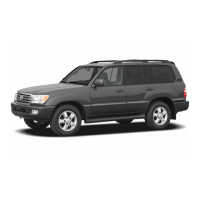
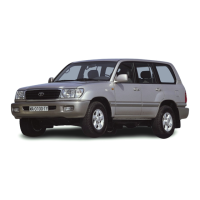
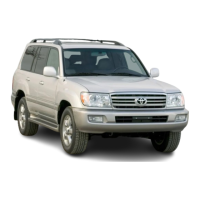
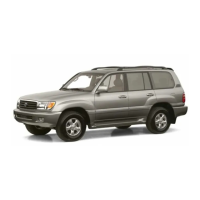
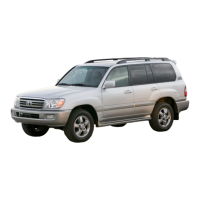
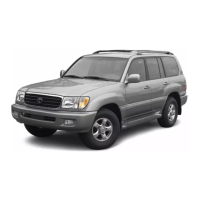
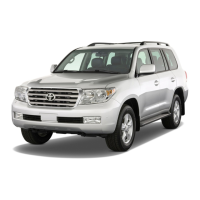
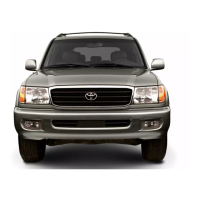
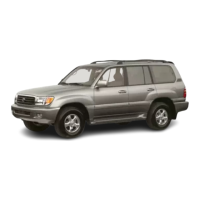
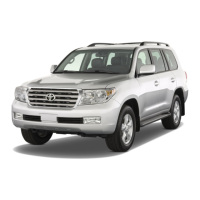
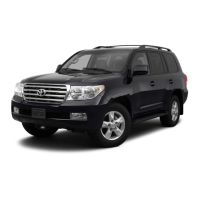
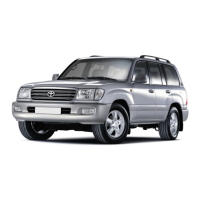
